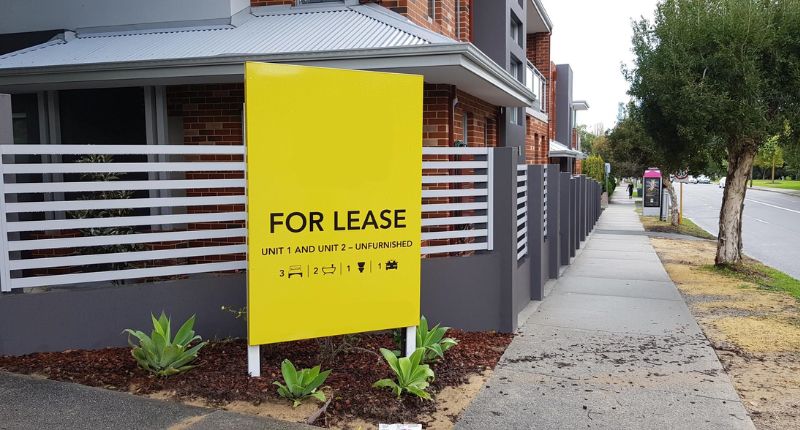
- Middle income Aussies are likely in housing stress, defined as spending over 30% of income on rent
- Lower income households are spending over half their income on rent
- Advocacy bodies are calling out a shortfall of over 600,000 social homes
The ANZ CoreLogic Housing Affordability Report was released yesterday, with bone-chilling findings about the Australian rental market.
A lower-income household is likely to be spending over half their income on rent, with middle-income households spending over 30%, the marker of what’s considered ‘rental stress’.
The report findings also reaffirmed the continual calls for increased social housing, with advocacy bodies calling out the shortfall of well over half a million social homes.
Five years of subdued investor activity
Australia’s housing market was the talk of the town some ten years ago, with both domestic and foreign investors pouring substantial interest into the residential sector.
ANZ and CoreLogic’s report cited ABS lending data from 2015 which showed nearly one in two (46%) loans were from investors and data from the Foreign Investment Review Board which showed approvals for foreign investment in residential real estate peaked in 2015-16.
The period was also characterised by significant levels of apartment completion, with the 29,000 apartment peak more than double the long-run average, according to the report.
Post-2015, investor activity dropped following moves to slow riskier lending and other barriers to foreign investment.
Building a mountain out of a molehill
The ballooning cost of creating a place to call home is by no means hyperbole. The report recalled ABS producer price indices, which showed considerable rises in the cost of home building materials such as steel, timber, and concrete; steel was found to be 49% higher than March 2020 levels.
CoreLogic’s Cordell Construction Cost Index also found substantial rises in the cost of building, finding a rise of 24% since the start of the pandemic.
While the number of homes constructed or commenced began to build up following significant levels of support throughout the early stages of the pandemic, dwelling approvals have since dropped against a background of higher interest rates and more.
As demand continues to grow, the report said the number of share houses may rise. Staying with the current landlord may also be preferred due to the heightened levels of competition in the rental market.
Demand marches in two by two
Two major factors seem to have driven rental demand up: smaller households, and migration.
The pandemic drove the former, with the report citing RBA data which estimates some 120,000 additional households were created. The record low reduction in size may be flipped soon, with rising rents expected to drive trends such as shared housing.
Immigration into Australia is also expected to rise substantially, as reflected in the recent Federal Budget.
Despite the increased demand and rising rents, the report found said conditions have not been ideal for investment.
Over half of income spent on rent
The report found found rental affordability – the portion of income required to service a new lease – is at the highest level since June 2014, with 30.8% of income required to service a new lease nationally, for a median income household.
At the lower household income level, 51.6% of income would be required, suggesting particular pressure for households at the 25th percentile income level.
These near decade low levels of affordability underscore the need for more social and affordable housing, said Everybody’s Home.
“This report shows that average Australian households are in housing stress. Housing stress can push people into homelessness and put pressure on the services they turn to for help,” said Everybody’s Home spokesperson Maiy Azize.
“At the same time as record numbers of people are in hardship, our social housing shortfall has never been bigger. We simply cannot end Australia’s housing crisis without more social housing.
“For the sake of people’s mental health, safety, and financial security, Australia can’t afford to continue delaying building more social housing. We already have a shortfall of 640,000 social homes and that need will grow with inaction,” added Azize.
ANZ Senior Economist Felicity Emmett said it’s important to factor in rental metrics when looking at housing affordability in Australia.
“Heightened economic uncertainty has seen a decline in sales volumes in the private market and an increase in those seeking rental accommodation. Paired with a decline in social housing, rental demand pressures are being felt in all income brackets,” Emmett said.
The report also found that while rental affordability is most strained across Hobart, Regional QLD and Regional NSW, housing affordability metrics highlight Sydney as the most unaffordable market for home ownership.
Sydneysiders on average require 51.6% of income to service a new mortgage, and around 12 years to accumulate a 20% deposit – this, combined with higher building and construction costs, is pushing more people out of the housing market, increasing aggregate rental demand.
For full details, please see the report on ANZ’s website.







